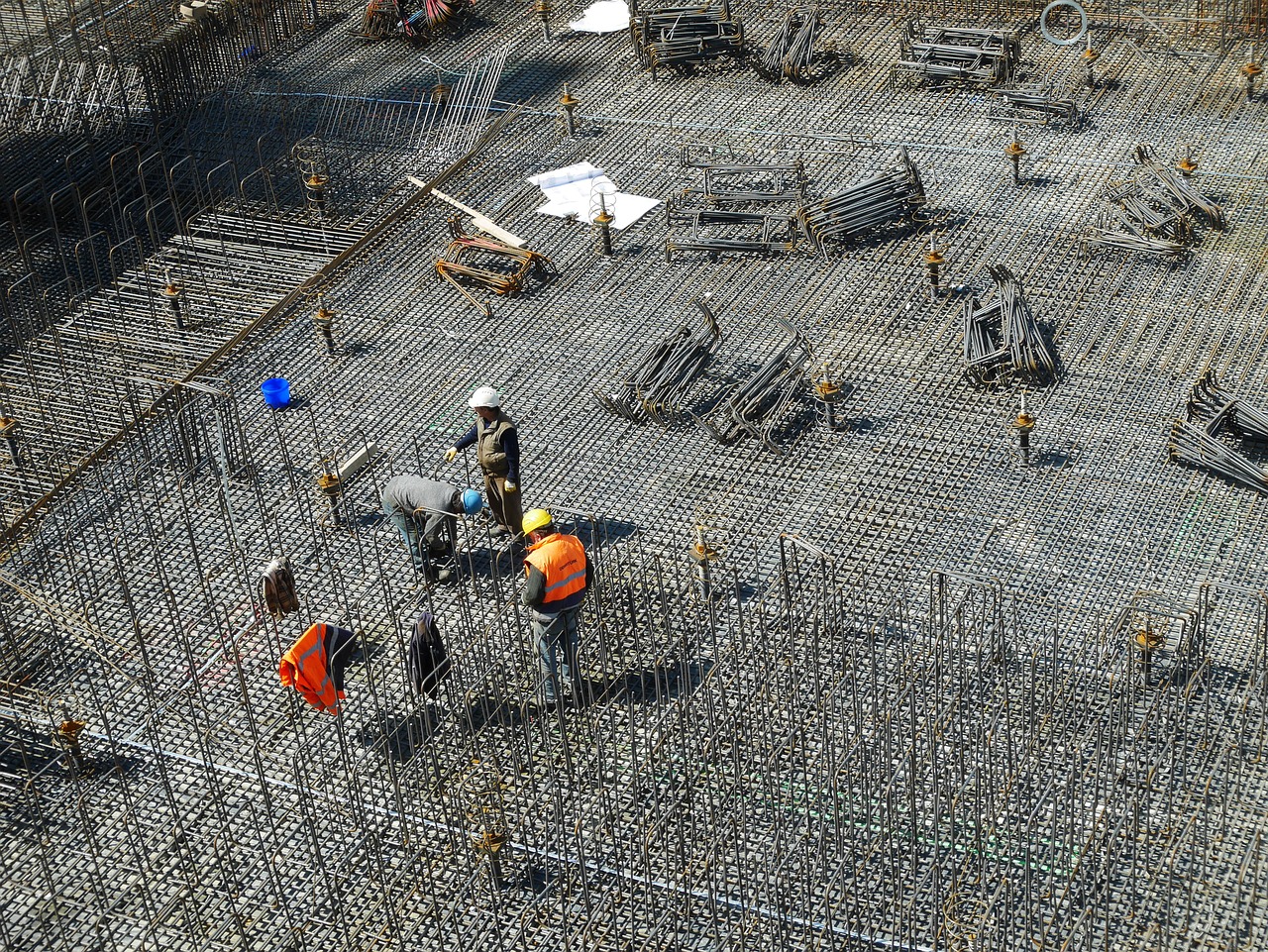A new Illinois law sets the maximum retainage clients can withhold from contractor payments on private projects.
The change went into effect on August 20, and is expected to help many general contractors and subcontractors receive bigger checks earlier in the project timeline.
The new rule forbids customers from withholding more than 10% retainage from contractor payments, and orders retainage to be reduced to 5% after a contractor has completed half of the work.
The new law applies to all construction contracts. Twenty states have enacted legislation that caps private contract retainage at 10% or less. One state, New Mexico, prohibits any retainage from being withheld from a construction contract.
The legislation can be considered a codification of what already is standard industry practice. But, it should provide some relief because general contractors and subcontractors will be able to pay bills sooner with the additional 5%.
Related Stories
Codes and Standards | Jan 2, 2020
White paper focuses on Metal Composite Material labeling
Document part of effort to uphold industry standards for the product.
Codes and Standards | Dec 18, 2019
Hard Rock Hotel collapse in New Orleans puts spotlight on undocumented workers
Having helped rebuild the city after Hurricane Katrina, many under threat of deportation.
Codes and Standards | Dec 18, 2019
Maryland lawmakers take on blocked sidewalks during construction projects
Legislation clarifies developers’ responsibilities.
Codes and Standards | Dec 18, 2019
New York City passes legislation to prevent bird strikes on buildings
Requires bird-safe materials on first 75 feet of a structure.
Codes and Standards | Dec 16, 2019
New Buildings Institute seeks entries for Zero Buildings Database
Listing illustrates feasibility of ultra low-energy buildings.
Codes and Standards | Dec 13, 2019
USGBC launches new tool to prioritize sustainability strategies
Highlights building design features that can lead to better performance.
Codes and Standards | Dec 12, 2019
Coalition calls for consistent building data disclosure regulations in Canada
Major real estate firms are driving the effort.
Codes and Standards | Dec 10, 2019
Utilities rolling out more grid-interactive efficient building programs
Focus is on energy savings and demand flexibility.
Codes and Standards | Dec 9, 2019
Canada’s Zero Carbon Building Standard reports first 10 certifications
Projects include new and existing offices, schools, and warehouses.
Codes and Standards | Dec 6, 2019
New research examines flood mitigation policies in the U.S.
Thirteen states or cities have adopted effective measures; some restricting development in vulnerable areas.

















